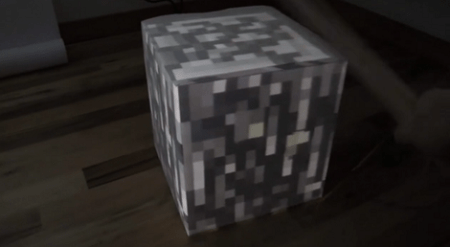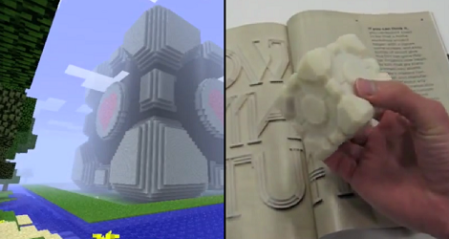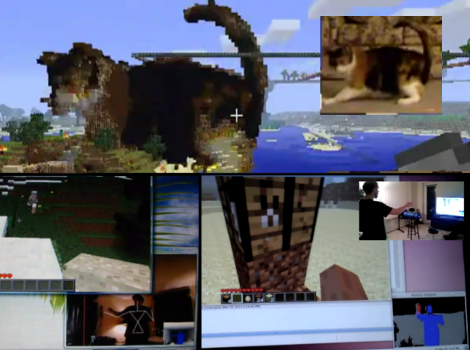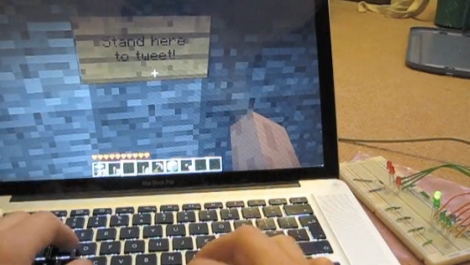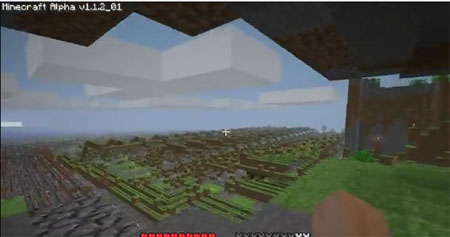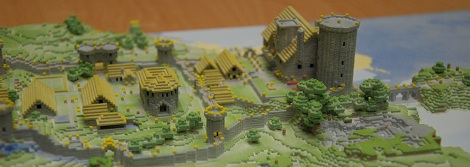
If you’ve ever wanted to build an awesome tabletop game or model train layout scenery, you probably couldn’t do better than printing Minecraft worlds on a RepRap. This guide comes courtesy of [Nudel] who figured out how to use Mineways with his RepRap. While [Nudel]’s landscape print doesn’t have the full color of something from Shapeways, he only spent $3 in materials. Not bad if you’d like to print out your server’s world.
We have to give a shout out to [erich666] for his amazing work on Mineways. He bills his work as a bridge between Minecraft and a 3D printer or Blender. You can check out [erich]’s demo of Mineways after the break.
Of course the state of printing voxels wouldn’t be where it is today without the work of two guys at the MIT Media Lab and their work on Minecraft.Print(). If you manage to print out your base/castle/village, add it to the Mineways Flickr group.

